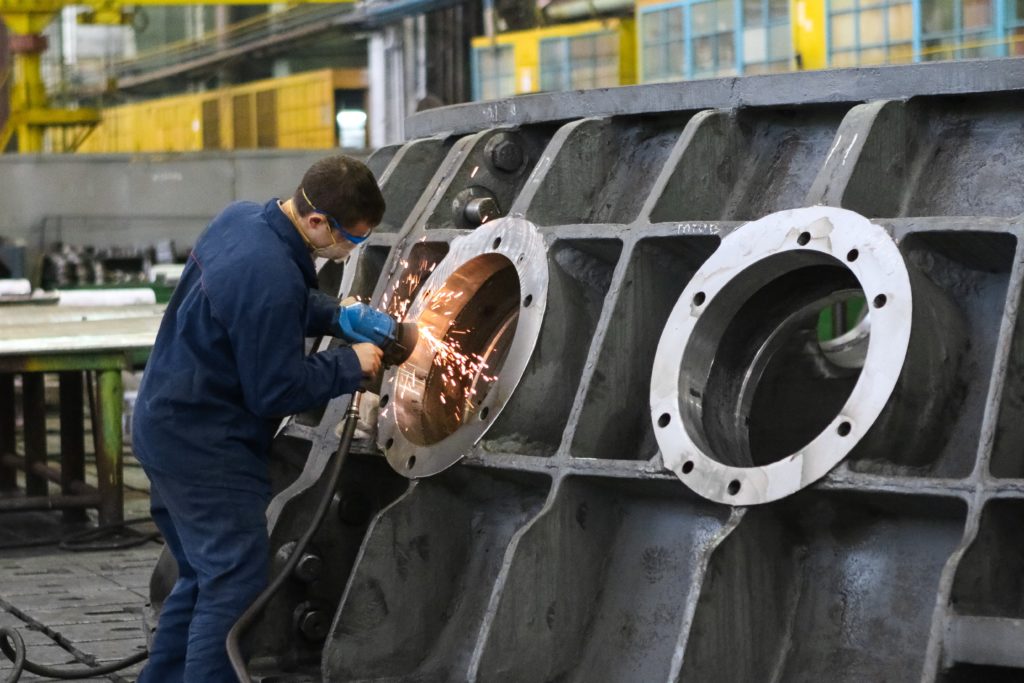Damp Proof Course Needed For Engineering Firms

A typical engineering workshop is more often than not a very dynamic place. There will be tools, raw materials, equipment, supplies, hazardous goods, liquids and more. There is always grinding, cutting, bending and mending efforts going on, so it can be a work environment where you have to pay attention and look out for a number of obstacles and hazards. Like many workshops, the workers will tell you that it is not messy and unorganised, rather it is laid out in a way that optimises work flow. Amongst all the assortment of machinery and tools, there can be leaks and spills, and it may even have water ingress around some parts of the building, which is when these firms may have to consider a damp proof course to ensure the building is sound.

What is a Damp Proof Course?
A damp proof course from a company like Richardson and Starling is a specialist treatment that protects properties that suffer from rising damp. It is very often necessary in older properties and open air style workshops, where they have no appropriate damp protection layer or the existing damp protection has been exhausted or damaged by moisture from the ground. Protection from rising damp is required in all properties, especially here in the UK, where our climate means lots of rain and high humidity.

How Do I Know if I Have A Damp Problem?
If you think you could have a problem with rising damp in your engineering workshop, you should first consult a professional company that knows what to look for. They will most likely offer an initial survey, which can be free, and during this survey they will ascertain if you have a damp problem and what is causing it. If you are wondering if you need help from the professionals, you can look for damp and feel the walls to see if they are cold and damp. The important thing here is that if you are in any doubt, you should seeks expert advice, as if it is left unchecked it could cause damage to the property.

How is it Done?
In general there are three methods of application when it comes to damp proof courses. Which one is used depends on the type of construction of the building.
- Injection – This method involves a special cream or liquid being injected into the wall. The cream acts as a water repelling laying to halt the spread of damp. It is sometimes known as chemical damp proofing. To apply this cream, holes must be drilled into the wall.
- Mortar Injection – This process is similar to the first method, however instead of cream or liquid, a chemically enhanced mortar is used. Its is most commonly used when the building has a lot of voids in the structure.
- Electro Osmotic – When the use of chemicals is not possible, then an elecro osmotic damp proof course is used. This process consists of copper and titanium wiring to pass a small electric current through the wall, which reverse the polarity of the wall and pulls the damp away from the surface.


